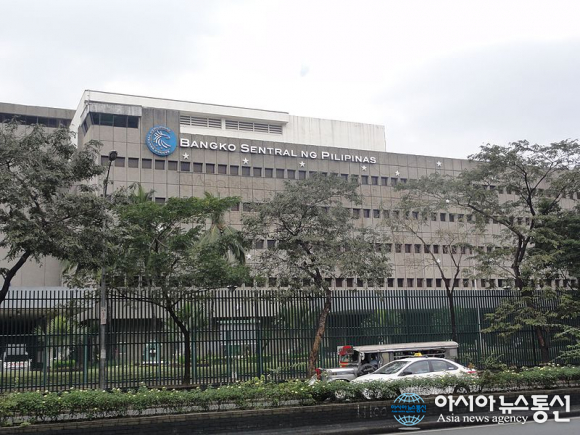 |
| Photo by: Patrick Roque via Wikimedia Commons |
The Bangko Sentral ng Pilipinas (BSP), the Philippines’ central bank office, assured the public that the Philippines is not suffering a foreign exchange crisis even after another decline of the peso currency.
According to BSP Governor Nestor Espenilla, Jr., the movement of the peso currency is still in conformity with the investment and export-led strategy of the government notwithstanding its 2.5 percent depreciation year-on-year. This makes the Philippine peso the worst performing currency in the region this year.
“Definitely we are not in a foreign exchange crisis. We allowed the peso to adjust moderately and gradually but I can assure that the BSP is in full control of the exchange rate,” Espenilla said during an economic forum hosted by the Economic Journalists Association of the Philippines.
The Philippine peso shed eight centavos to 51.08 to $1 on Friday from Thursday’s 51 to $1 figures. It opened at a weaker rate of 51.05 and hit an intraday low of 51.145. At any rate, the peso momentarily touched the 50 to $1 level last Thursday, hitting an intraday high of 50.98.
“We remain confident that we are not talking about a free fall situation here. The fundamentals are very strong in terms of the macrofundamentals,” Espenilla said.
The BSP chief also said that inflation is still under control as it is expected to fall within the midpoint of the 2 percent to 4 percent target set by the central bank between 2017 and 2019. Meanwhile, the Philippines’ GDP continues to grow at 6.5 percent in the second quarter, coming from a 6.4-percent performance in the first quarter.
Meanwhile, the public sector deficit is likewise firmly under control while the gross international reserves remain at $80.79 billion in end-July. Espenilla said that this is sufficient to cover 8.6 months worth of importations of goods, payments of services and primary income.
However, Espenilla also noted that the daily movement of the peso is uneasy at this point as the same is very sensitive to market price, which includes economic fundamentals and external headwinds brought about by the brewing tensions between the US and North Korea.
In 2013, the Philippines received an investment grade rating from S&P Global Ratings, Moody’s Investors Service and Fitch Ratings after introducing a series of economic and fiscal reforms.

